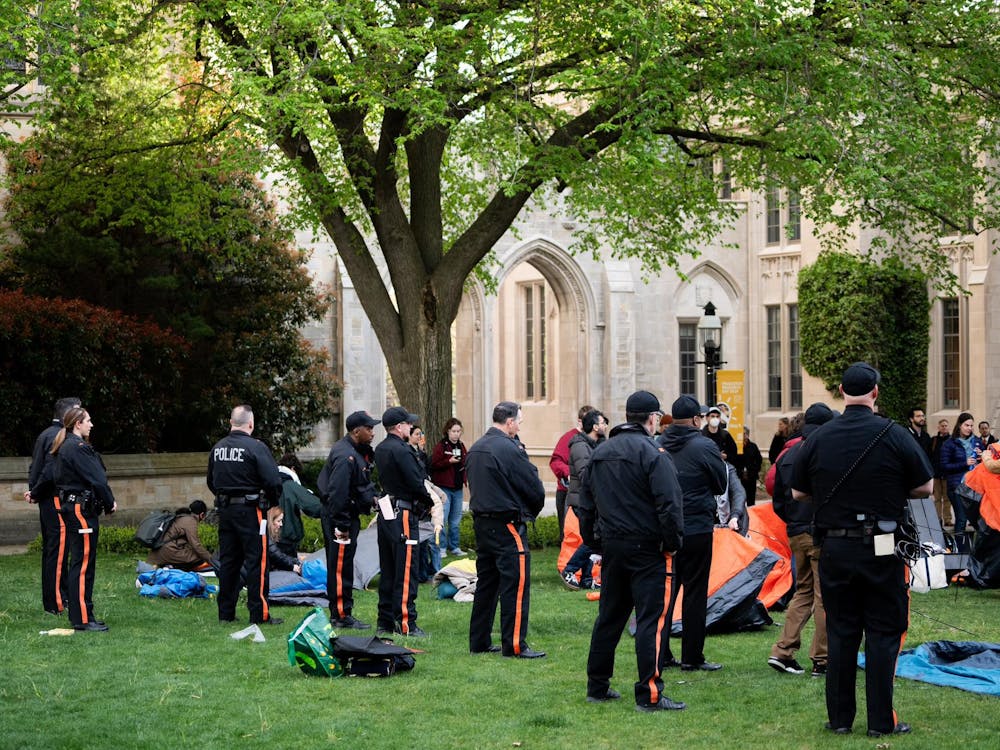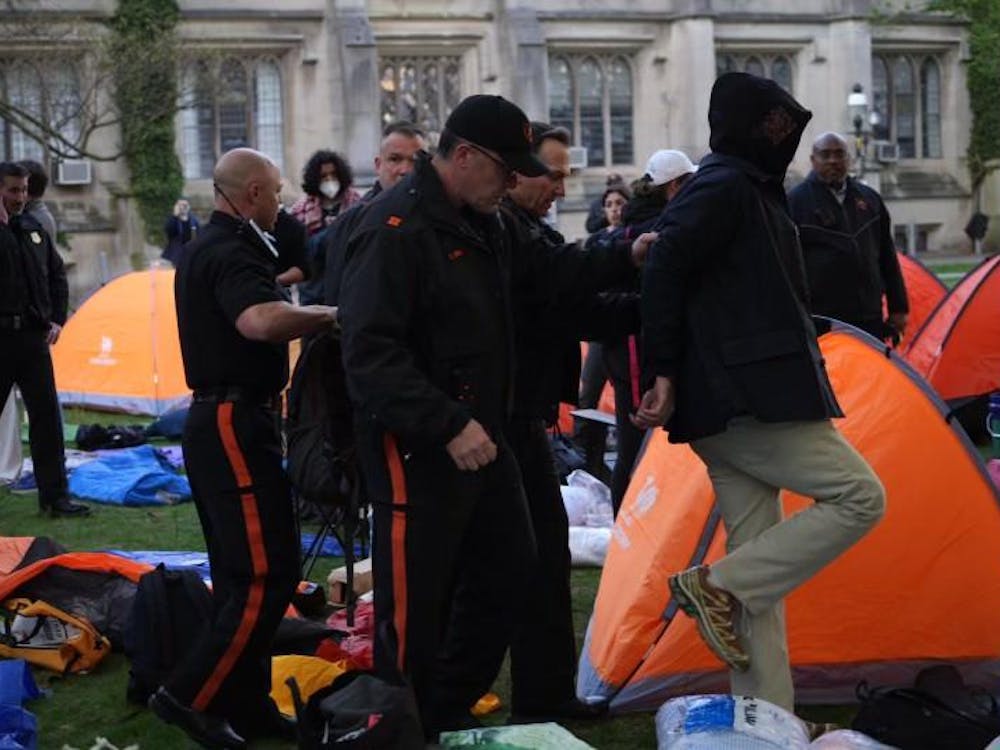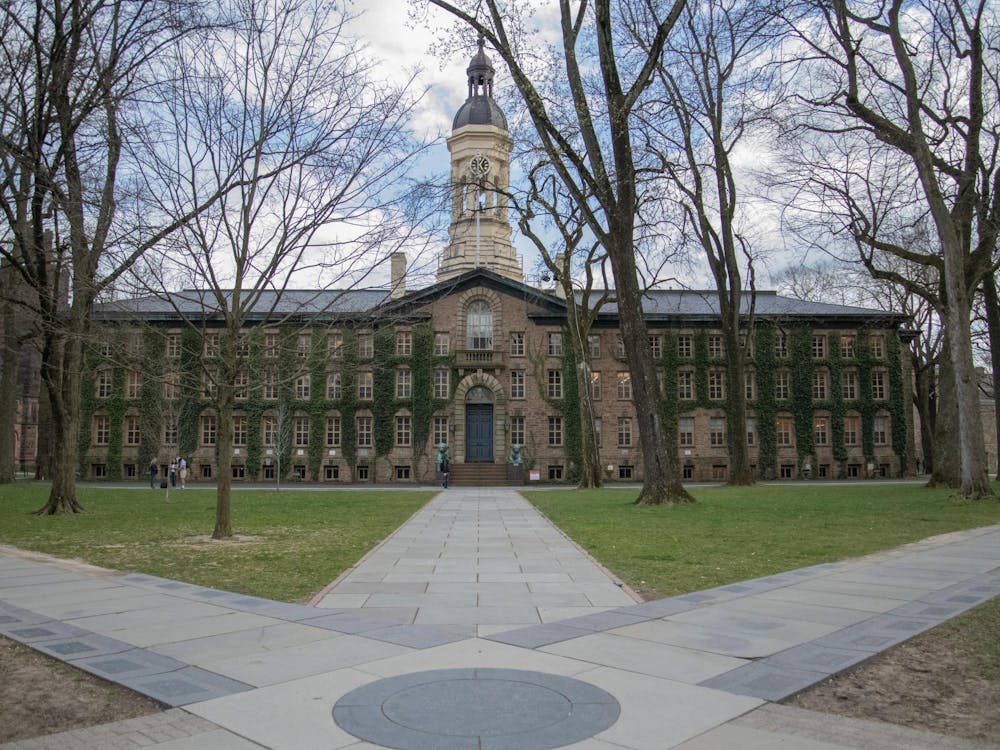The Orange Bubble is a pervasive topic for students at Princeton. We walk around campus amongst magnificent Gothic buildings and stroll down Nassau Street with affluent shops and restaurants at every corner. For the most part, this is what we see of Princeton; this is the edge of our bubble. Maybe you’ve walked all the way down to Hoagie Haven or even taken an Uber to the Walmart or Target nearby. But many of us don’t go beyond Nassau Street, let alone venture out into the other streets and neighborhoods that make up Princeton, New Jersey.
It’s hard to believe, but issues of poverty exist in the town of Princeton, beyond our small bubble. As students of the University, it’s easy for us to assume that because we see no problems on our campus or in the immediate neighborhood around us, the residents of Princeton have no social or economic issues whatsoever, but this is not the case. What we see in the town of Princeton is a case of economic disparity between upper and lower socioeconomic levels, a wealth gap between the rich and poorer residents.
In order to better grasp the issues affecting residents and to provide solutions for these problems, the town of Princeton’s Department of Human Services carried out a Community Needs Assessment in 2014 that surveyed over 200 low-moderate income households, focusing on housing, food, healthcare, transportation, legal matters, employment, and safety. The survey found that significant portions of the group surveyed perceived an extreme gap in the availability of important services. 44 percent of households perceived a gap in services to help find jobs, 39 percent encountered a gap with availability of job training, 34 percent had difficulties finding affordable health care, 33 percent had difficulty acquiring effective financial education, 31 percent saw shortfalls in mortgage and rental assistance, 29 percent had trouble finding legal help, and 26 percent struggled with food security.
These extreme gaps highlight a very real and present problem in our community that affects a large portion of Princeton’s population, consisting mainly of low to moderate income households. But these issues do not go unaddressed. Apart from the municipal government of Princeton, other charity organizations have devoted themselves to solving some of the socioeconomic problems within the community. On campus, the Pace Center for Civic Engagement also puts effort towards interacting and working with members of the Princeton community through its partnerships with local nonprofits and groups.
In order to combat the levels of food insecurity within Princeton, groups like Send Hunger Packing Princeton and Mercer Street Friends have established means to decrease the number of residents affected by insufficient levels of food and nutrition in the home. Send Hunger Packing Princeton works with Princeton public schools and the Mercer Street Friends organization, a larger charity group for Mercer County, to provide adequate food and meals to some of the over 420 students in Princeton public schools who suffer from food insecurity.
The Community Needs Assessment itself provides possible solutions and recommendations for the town of Princeton with the hopes of lessening the current levels of poverty. Among other ideas, the report suggests including more members of the community in the process of developing comprehensive solutions, expanding to work with more local non-profits, and strengthening the Department of Human Service’s commitment to assessing the community’s needs and providing adequate responses. The municipal government sees the most need for action in the aforementioned extreme gaps for low to moderate income households.
While the socioeconomic problems of poverty and wealth disparity continue to persist within Princeton, they do not go unnoticed and unaddressed. With local government and non-profits taking up tangible action to combat these issues, direct paths exist for helping those residents in need. But we can all come together to help those efforts strengthen, gain momentum, and achieve their goals as members of the town of Princeton.
While we all come from different cities, states, and countries, it’s important to remember that Princeton, for anywhere from the next four years to the remainder of this year, is our town, our community, and our home. The people of Princeton are our neighbors. And so it’s up to us to make sure that our community is as good as it can be, that our neighbors are living well, that our home is thriving.
Kaveh Badrei is a freshman from Houston, Texas. He can be reached at kbadrei@princeton.edu.









